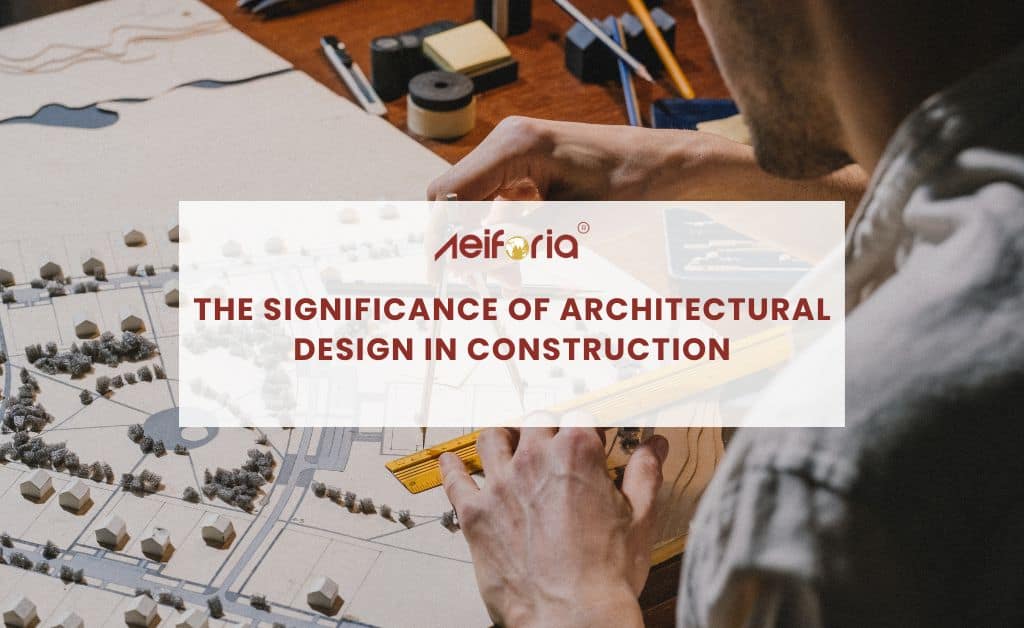
The Significance of Architectural Design in Construction
Architectural design plays a critical role in the construction industry. It involves the process of planning, designing, and creating structures that are aesthetically pleasing, functional, and safe. Architectural design is an essential aspect of construction as it sets the tone for the entire project and provides a blueprint for the whole construction process. This blog post will explore architectural design's importance in the construction industry.
Why is the architectural design process necessary?
The architectural design process is crucial in the construction industry for several reasons:
- It ensures the building is structurally sound and meets safety regulations.
- It provides an aesthetically pleasing structure that meets the client's needs.
- It helps create an efficient and functional space that maximizes natural light and ventilation.
Moreover, the architectural design process helps reduce construction costs by identifying potential problems early in the design phase. This reduces the risk of costly changes during the construction phase. By addressing potential issues early on, architects can adjust the design, saving time and money during construction.
What are the steps for the architectural design process?
The architectural design process typically consists of several steps. These include:
- Programming involves defining the project scope, identifying the client's needs, and establishing the design goals.
- Site analysis: This step involves analyzing the site to determine the site's limitations and opportunities.
- Schematic design involves creating rough sketches and procedures to help determine the overall design direction.
- Design development: This step involves refining the design concept and developing detailed plans and drawings.
- Construction documentation: This consists in creating detailed construction drawings, specifications, and other documentation needed for the construction process.
- Bidding and negotiation: This step involves soliciting bids from contractors and negotiating the final contract.
- Construction administration oversees the construction process and ensures the project is completed according to the design specifications.
What do architectural designers do?
Architectural designers are responsible for designing and planning buildings, structures, and other physical spaces. They work with clients to understand their needs and goals, create design concepts, and develop detailed plans and drawings. They also work closely with engineers, contractors, and other professionals to ensure that the design meets safety regulations and is feasible to build.
Conclusion
Architectural design is an essential aspect of construction as it sets the foundation for the entire construction process. It ensures that buildings are safe, functional, and aesthetically pleasing while maximizing natural light and ventilation. The architectural design process consists of several steps, from programming to construction administration, and involves the work of architectural designers, engineers, contractors, and other professionals.
Also Read:






